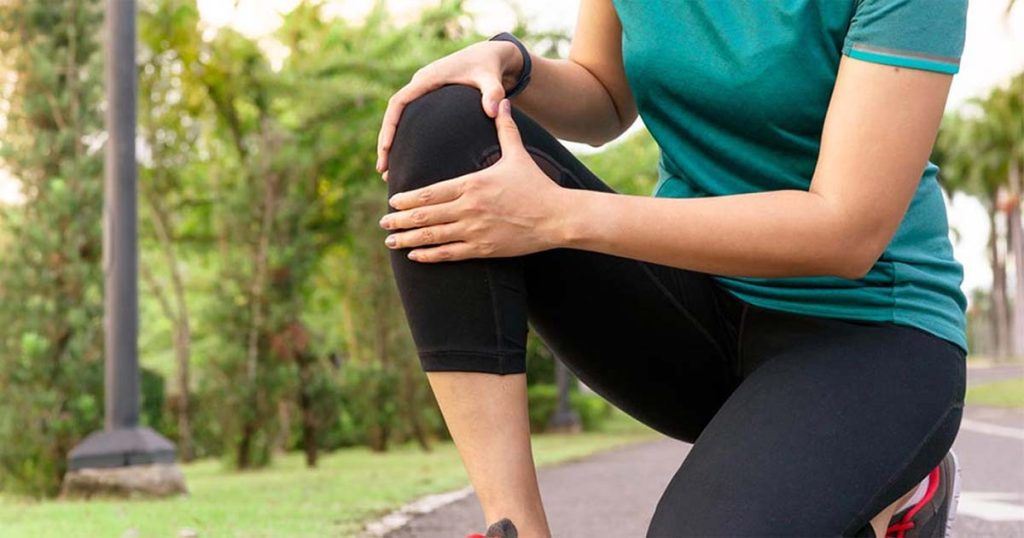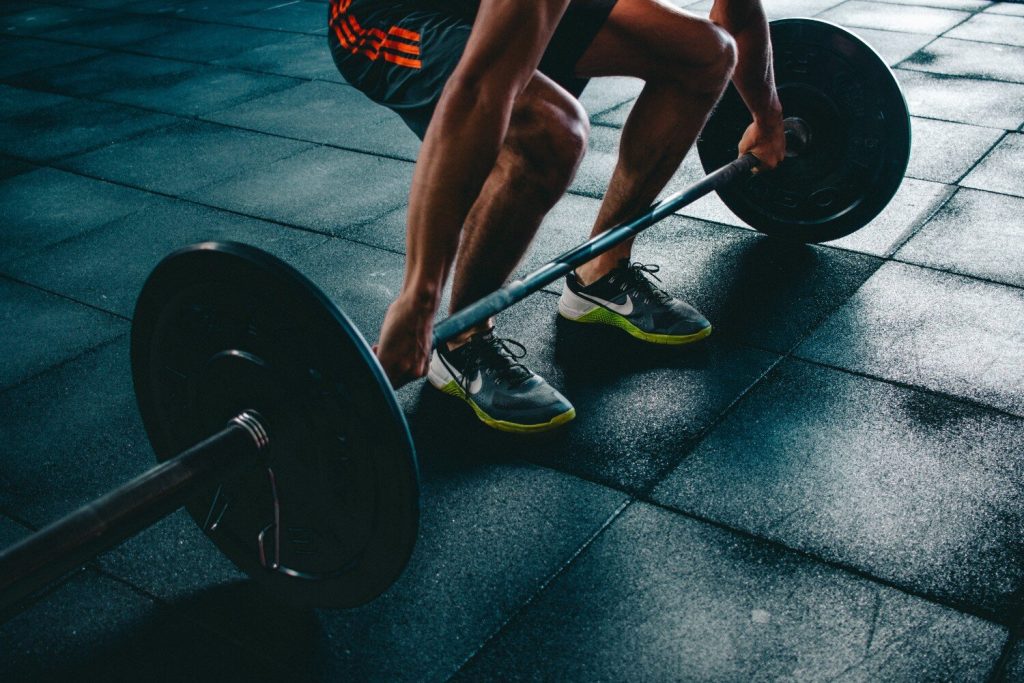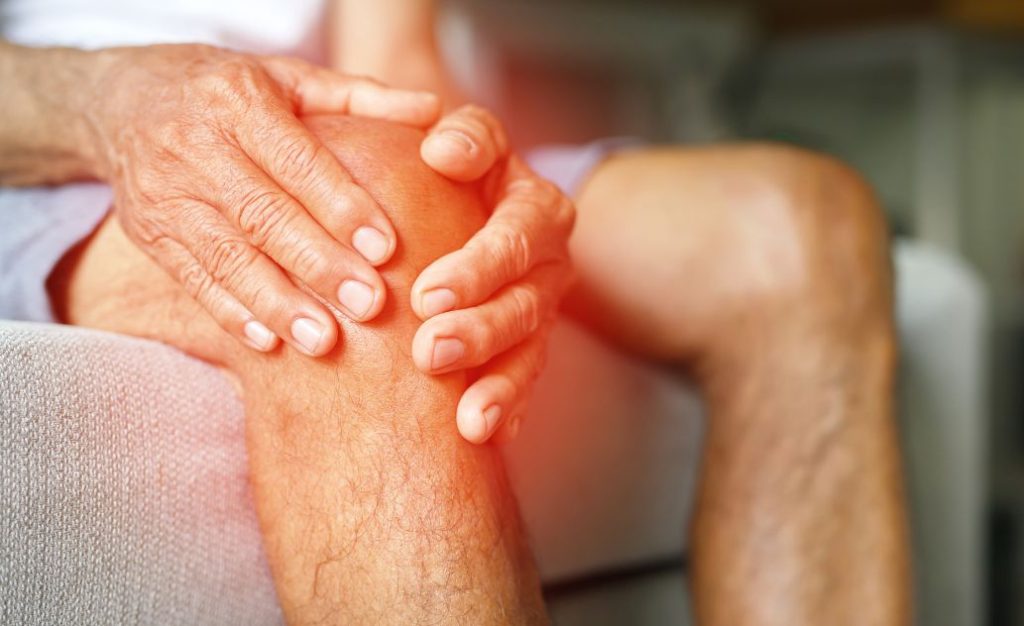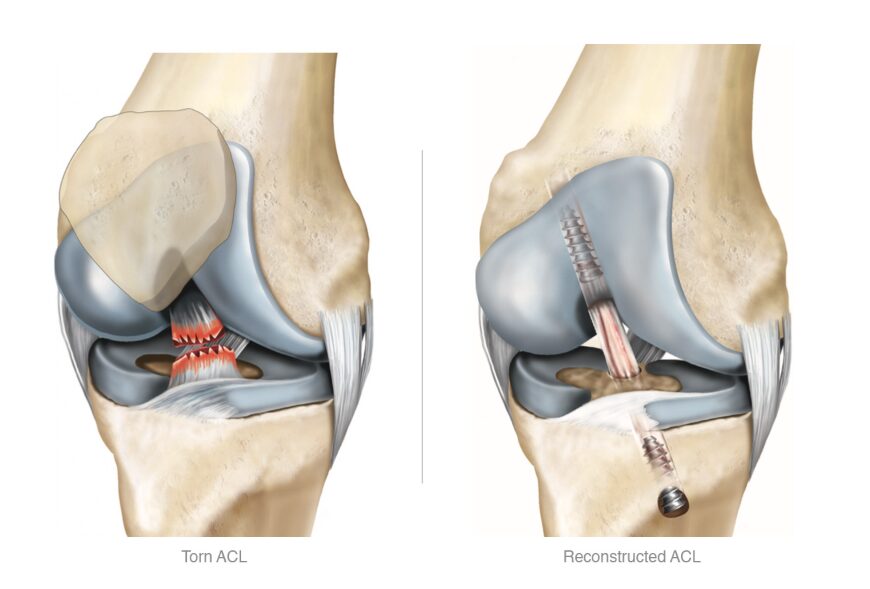Whether you’re a long-time runner aiming for a PB or it’s your first time training for the Great North Run, injuries are a risk. And, just like any form of exercise, there are a few injuries that are more common than others.
Here, we look at a common one often referred to as ‘runner’s knee’
Anterior knee pain
DIAGNOSIS
Anterior knee pain is usually characterised by discomfort or pain on the outside-half or middle of the knee, around the kneecap (patella). It is a common injury among runners, with between 28% and 30% experiencing this type of pain.
You could experience the pain while running, or when:
- Walking.
- Using the stairs.
- Kneeling.
- Squatting.
- Keeping the knee bent for a sustained period.
- Sitting up or down.
The pain can be linked to a variety of conditions, including anterior knee pain syndrome, patellofemoral pain syndrome, patellofemoral malalignment, chondromalacia patella, and iliotibial band syndrome (IT band syndrome).
What does this all mean? Knee pain isn’t straightforward, so as a runner, you can better protect yourself from injury by learning how to avoid it.
CAUSE
Overuse is one of the most common causes of anterior knee pain, especially for new runners or those who have begun running more often. You’re also at higher risk if you tend to run until you’re exhausted, or try to run through pain
Anterior knee pain can also be caused by:
- Patellofemoral malalignment — When the kneecap has deviated from its position at the centre of the knee joint.
- An increased or decreased Q angle — The Q angle is the difference in angle between the upper leg and the lower leg when they meet at the kneecap. If this angle is above or below average, it places increased pressure on the knee.
- Low dynamic stability — The knee is not sufficiently stabilised by the ligaments when put under pressure by dynamic movements.
- Poor range of hip and ankle movement — When movement is limited at the hip or ankle, impacting on the pressure being exerted on the knee.
- Increased hip adduction during running — When the leg moves inwards when running.
TREATMENT
Running less regularly, or for shorter periods of time, will help to reduce the pressure on your knee and prevent anterior knee pain caused by overuse. There are also a number of additional changes you can make, including:
- Increasing our step rate — Taking shorter and more regular steps while running reduces the load on your knee. To begin, count how many steps you take in a minute. Alternatively, if you have a Garmin or Polar watch, it will measure this as ‘cadence’. Increasing this step rate by 7.5% to 10% has shown to be beneficial in taking pressure off the knee.
- Changing your foot strike pattern — Your foot strike pattern is determined by which part of your foot lands first. A forefoot strike, which involves landing on the balls of your feet, will lower the pressure exerted on the knee. Changing this pattern can be a slow transition, but it is effective, especially when accompanied with strength training.
- Undertaking corrective strength training (proximal to distal) — Improving the strength of the body parts used in running, starting closer to the body and working outward, e.g. from hip to knee to foot.
- Improving your range of hip and ankle movement — Use a range of exercises and stretches to increase how much your hip and ankle can move.
Here to Help
We’d be happy to help, so if you’re in pain after running and want expert advice, get in touch with us today



